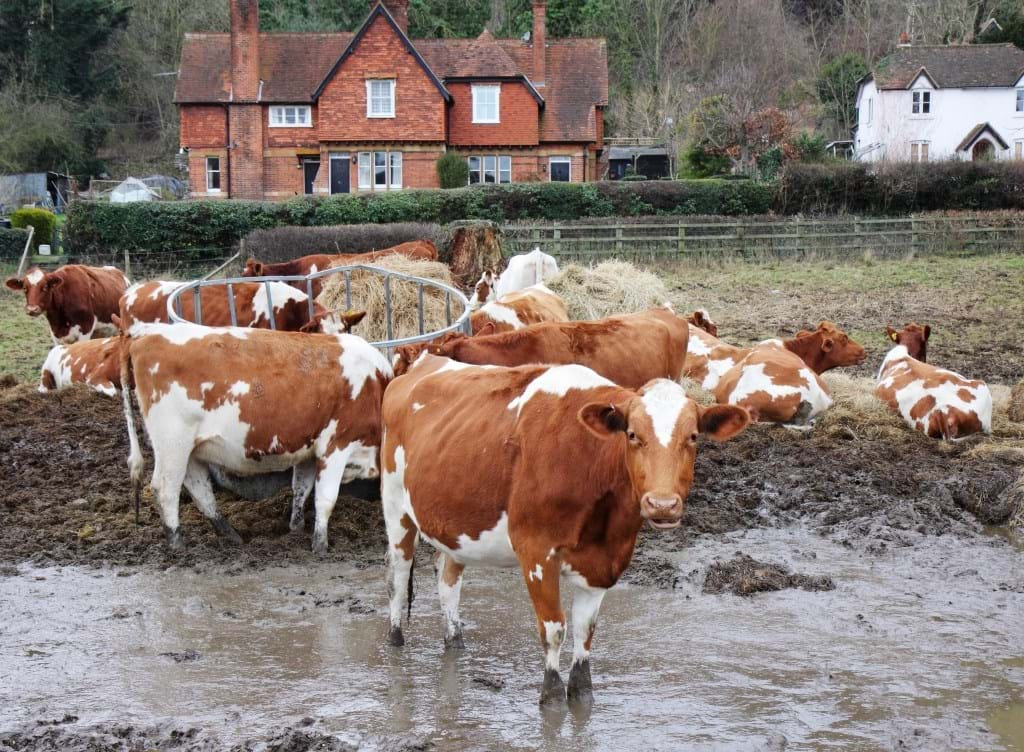No ordinary oasis (Day 65)

31st July 2014

If you're lucky, not very far.
If you're unlucky, in some arid parts of the developing world, you could be spending hours walking several kilometres each day just to collect water to survive.
And forget about those romantic images of verdant oases. The water is often in polluted, dirty and in unsafe pools, especially for children.
However, putting the economics to one side for the moment, there are solutions. Cue the anaerobic digester and a new bit of technology attached to it called the McLanahan Nutrient Separation System.
You may need to stretch your imagine a little bit, but this new bit of technology could be the 'oasis' of the future.
What's even more remarkable is the fact it can extract drinkable water from manure.
The McLanahan Nutrient Separation System uses an anaerobic digester – a contraption that takes waste, such as manure, and produces energy as a by-product – and couples it with an ultrafiltration, air stripping and a reverse osmosis system.
The result is something that can turn cow manure into water, suitable as a drinking water for animals.
The project is being led by Michigan State University (MSU) in the US.

Steve Safferman, an associate professor at MSU, says: “If you have 1,000 cows on your operation, they produce about 10 million gallons of manure a year. About 90 per cent of the manure is water but it contains large amounts of nutrients, carbon and pathogens that can have an environmental impact if not properly managed."
The system extracts about 50 gallons (227 litres) of water from each 100 gallons (454 litres) of manure, and it is hoped to increase the yield further to 65 gallons.
The process has been developed over the past ten years and is getting closer to commercialisation aided by the fact it produces four valuable commodities: drinking water; fertilizer; an effective waste management system and a potential source of energy.
So, could the 'oasis' of the future take the form of a neat and tidy industrial unit housing an anaerobic digester and the McLanahan Nutrient Separation System?
It certainly provides a new solution for parts of the world with few answers to decades of droughts and hardship.
Chemical engineering can provide the answers. The economics, especially in developing countries, may not be so easy to solve.